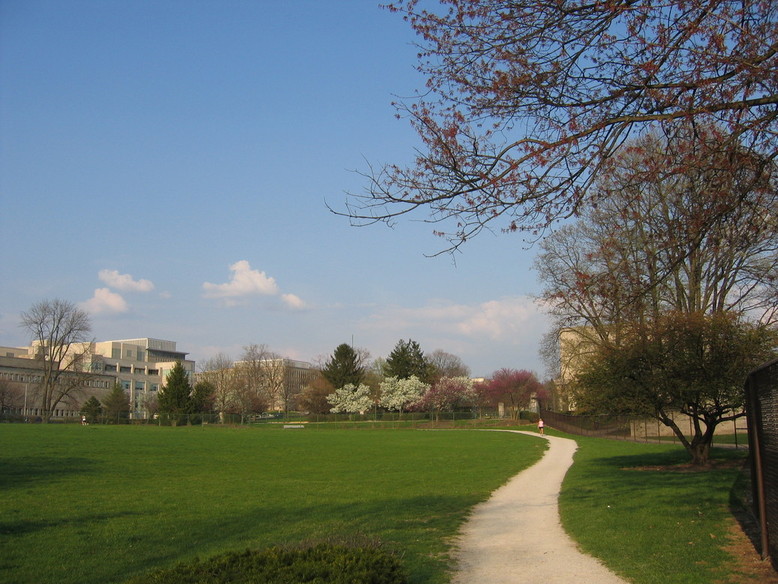みなさんは名古屋(なごや)に行ったことがありますか。名古屋はとてもいいところですよ。東京と大阪(おおさか)の間(あいだ)にあって交通(こうつう)がとても便利(べんり)です。新幹線(しんかんせん)はぜんぶ名古屋に止(と)まります。前に名古屋に止(と)まらない新幹線がありましたが、名古屋の人が「どうして名古屋にとまらない!」と言(い)ったので、今は全部(ぜんぶ)止(と)まります。東京から名古屋まで新幹線で一時間(かん)半ぐらいです。
 http://blog.livedoor.jp/takekan/archives/cat_767776.html
http://blog.livedoor.jp/takekan/archives/cat_767776.htmlセントレアのある町(まち)の名前(なまえ)は常滑(とこなめ)です。常滑は焼き物(やきもの)がとても有名(ゆうめい)です。夏にはお祭(まつ)りがあって、常滑焼(とこなめやき)を安く買うことができます。高校(こうこう)の時(とき)、友(とも)だちと一度(ど)常滑に研究(けんきゅう)に行ったことがあります。町の写真(しゃしん)をとったり、常滑焼(とこなめやき)を作(つく)っている人にインタビューをしたりしました。とてもおもしろかったです。
 http://images.google.com/imgres?imgurl=http://www.tachikichi.co.jp/life/yaki/
http://images.google.com/imgres?imgurl=http://www.tachikichi.co.jp/life/yaki/名古屋の近(ちか)くに明治村(めいじむら)という明治の建物(たてもの)を集(あつ)めた大きい公園(こうえん)があります。その中では古い明治の電車に乗(の)ったり、レストランで食事(しょくじ)をしたりすることができます。食(た)べものはカレーライスがおいしいとおもいます。古い素敵(すてき)なホテルもあって、そこで、コーヒーなどを飲むことができます。とてもきれいな公園です。明治(めいじ)が好きな人はぜひ行ってください。


 http://toba.livedoor.biz/archives/cat_275184.html
http://toba.livedoor.biz/archives/cat_275184.htmlhomepage1.nifty.com/
http://japan-geographic.tv/aichi/meijimura06081094.jpg











